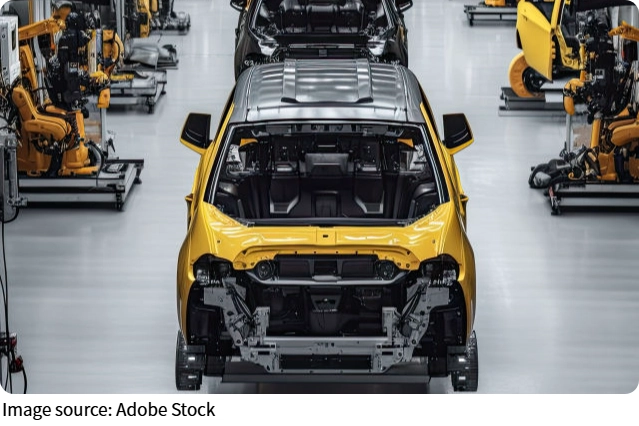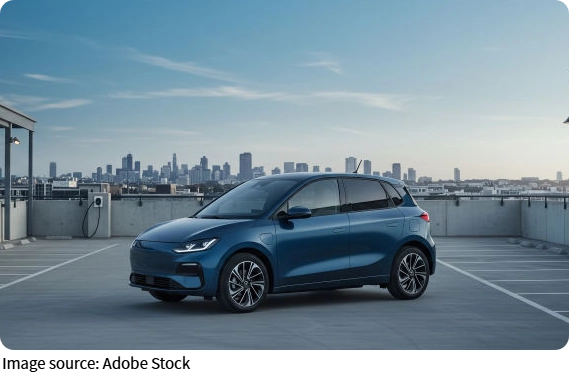Cars Rising in New Markets

Driving through a bustling city in a growing market, it's hard not to notice the surge of new vehicles on the streets.
Compact sedans, SUVs, and electric models are becoming more common, signaling a shift in where and how cars are manufactured.
Emerging markets are no longer just consumers—they're becoming influential producers, shaping global automotive trends.
Why Emerging Markets Matter
For decades, car manufacturing was dominated by established industrial hubs. Today, emerging markets are gaining ground due to lower production costs, growing local demand, and government incentives that attract global manufacturers. These regions are becoming crucial not just for assembly lines, but also for innovation in affordable and sustainable vehicle solutions.
Lower labor costs allow manufacturers to produce cars more efficiently, while local talent contributes engineering and design ideas suited for regional needs. Governments often provide tax breaks or infrastructure support, making it easier for manufacturers to invest in factories, research centers, and logistics networks.
Opportunities for Manufacturers
Emerging markets offer several advantages for automakers looking to expand:
1. Access to a Growing Customer Base – Rising middle-class populations are eager for personal vehicles, increasing demand for affordable and stylish options.
2. Cost-Efficient Production – Lower wages and flexible manufacturing regulations reduce overhead, enabling competitive pricing without sacrificing quality.
3. Innovation in Vehicle Types – Local needs drive innovation, such as small urban cars, fuel-efficient engines, or vehicles adapted for diverse road conditions.
Manufacturers can experiment with models that may later succeed globally. Vehicles designed for emerging markets often influence mainstream automotive trends, showing that necessity can drive innovation.
Challenges to Navigate
While opportunities abound, emerging markets present unique challenges. Supply chains may be less developed, requiring careful planning to ensure timely access to parts and materials. Regulatory frameworks can vary widely, demanding constant attention to compliance and safety standards.
1. Infrastructure limitations, such as uneven road quality, require vehicles to be robust and versatile.
2. Regulatory and economic fluctuations can impact investment stability and market growth.
3. Competition is intense, with both international and regional manufacturers vying for a foothold.
Automakers must balance cost, quality, and adaptability to succeed. Understanding local consumer behavior is just as critical as mastering production techniques.
The Role of Sustainability
Environmental considerations are increasingly shaping car production in emerging markets. Manufacturers are integrating electric and hybrid technologies to meet global emissions targets and local energy policies. Urban centers with rising pollution levels are creating demand for cleaner, more efficient vehicles.
1. Electric vehicles (EVs) are gaining traction, supported by charging infrastructure development.
2. Lightweight materials and fuel-efficient engines help reduce environmental impact while lowering operating costs.
3. Partnerships with local governments encourage sustainable practices and innovation in green technologies.
This focus on sustainability not only meets regulatory requirements but also positions manufacturers as responsible global players, appealing to environmentally conscious consumers.

A Personal Takeaway
Car manufacturing in emerging markets is more than a cost-saving strategy—it's a catalyst for innovation, economic growth, and global influence. These regions are proving that new markets can be creative hubs, shaping vehicle design, production methods, and sustainability trends.
For anyone fascinated by cars, following developments in emerging markets offers a glimpse into the future of mobility. It shows how local demands and global ambitions intersect, driving changes that affect drivers worldwide. The growth of these markets is a reminder that the automotive industry is dynamic, adaptive, and full of opportunities for those willing to embrace change and think beyond traditional production centers.

 · Vehicle Team
· Vehicle Team